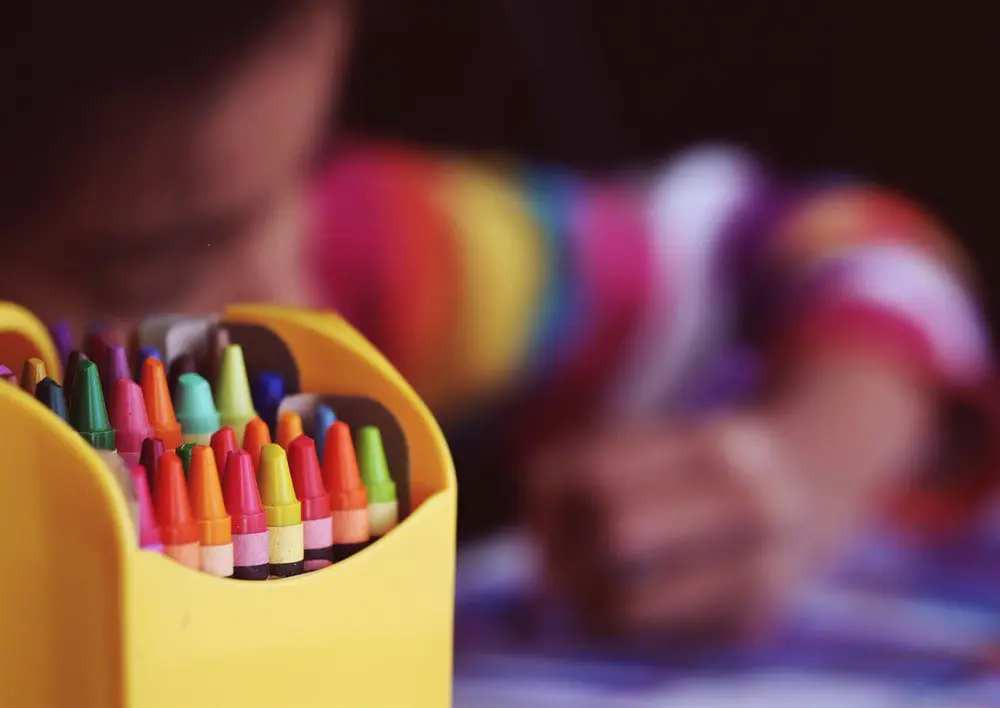
Fine motor skills are critical for performing everyday activities like writing and dressing. Adults perform these tasks with ease, but for young children, they necessitate effort and concentration. Here is some useful information on how you can assist with the development of your small child’s fine motor skills. Fine motor development entails the execution of chores that require the efficient use of the smaller muscles of the hand. Such precise and fine movements take place in conjunction with your eyes and are performed with either one or both hands. The development of fine coordination happens over a while as part of a child’s healthy development.
The Significance Of Fine Motor Control
Advancement of fine motor skills is one of the most vital functions of a child’s development. Without fine motor control, a child would find it impossible to handle items like crayons, knife, spoon, and scissors.
When You Should Be Concerned
Fine motor development can already be recognized as an issue within the first year of a child’s life, contingent on the severity, it can be identified at a later stage. Parents should be worried about their child’s fine motor development when:
The child doesn’t participate in certain activities.
He refuses to try new fine motor coordination actions, or fail to get it right after attempting it a few times.
Which Activities And Toys Can Boost Your Child’s Fine Motor Skills?
From birth to one year:
- Putting toys within a baby’s reach when he is lying on his tummy or back and later while he is sitting.
- Putting containers in front of a baby for him to drop items into them.
- Giving a baby smaller items to play with. This can teach them to grasp things with their fingertips.
- Investing in toys that have holes so that baby can poke his little fingers through them. Check out the Mr Toys official site for a wide selection of toys for all ages.
- Giving him finger foods and allowing him to feed himself.
Recommended toys: Rattles, push-and-pull toys, soft toys, a sandpit, wooden blocks of various sizes, bath time toys, wood and metal spoons, beans in a container, musical instruments, i.e., a drum, containers with a lid that he can screw on and off and balls of various sizes.
From One To Two Years
- Your baby must be capable of holding a crayon with his entire hand by now, therefore, give him crayons and paper to scribble on.
- Offering your child containers filled with various objects to open and close the lids and moving objects from one container to the next.
- Letting your child stack blocks and attempting to build towers with them.
- Giving your kid some soft balls of various sizes to play with.
- Playing with clay.
- Drawing lines on paper and checking if he can copy the lines.
- Paging through picture books and pointing out the different objects or animals to your child.
Recommended Toys: Tea sets (for girls), play phones, push-and-pull-toys, puzzles with the small knobs on top, wooden blocks, crayons and paper, musical instruments, beads of different sizes and colours, pegboards with large-sized pegs.

Be the first to comment